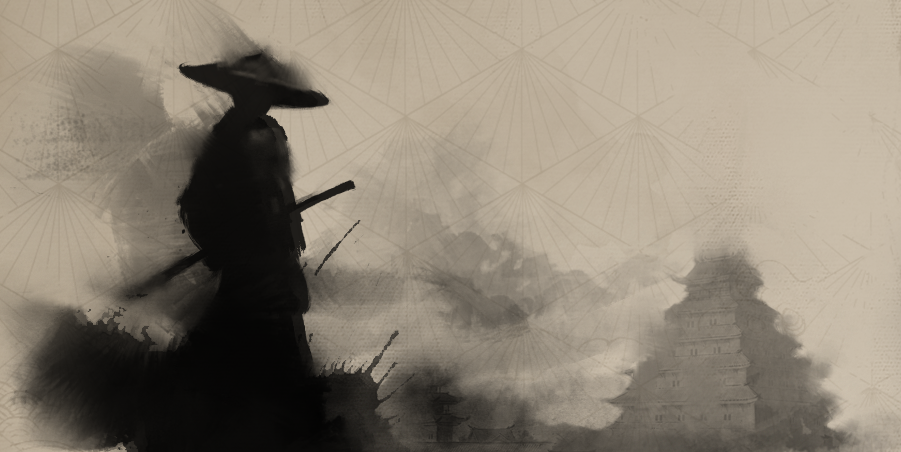
The samurai is one of the most iconic figures in Japanese history, but the ronin is one of his only rivals. Ronin, meaning “wave man,” refers to masterless samurai who were no longer retainers serving a daimyo. Although warriors had served daimyo — and lost them — during most of Japanese history, ronin were especially prominent in the years between 1168 and 1868. Tale of Ronin takes place during the early Edo period, when it was very easy to become a ronin… and very difficult to become a retainer again.
During the Sengoku period, Japan had been in a state of near-constant warfare. This led many daimyo to gather large numbers of retainers for safety and conquest. However, the birth of the Edo period meant the end of that turbulent age. Daimyo no longer needed so many retainers, so being hired as a samurai became difficult. At the same time, the Tokugawa Bakufu reduced the territory of daimyo families and outright abolished many of them. This created a massive population of wandering ronin.
Ronin were still considered samurai by the Edo period’s standards, meaning that they could legally kill people and were permitted to carry swords. But they lacked the stability of a clan, a fief, and, most importantly, a lord to serve. In a time when the samurai code of Bushido was being made into a comprehensive system of ethics, ronin were left to wander across the land like waves. Although the ronin has been mythologized as a one-man army carving his way through impossible battles, actual ronin often didn’t fare well in the changing world. Many of them were poor, feared, and utterly alone.
Inspired by Akira Kurosawa and Masaki Kobayashi films, Tale of Ronin will show this vulnerable and human side of the ronin.